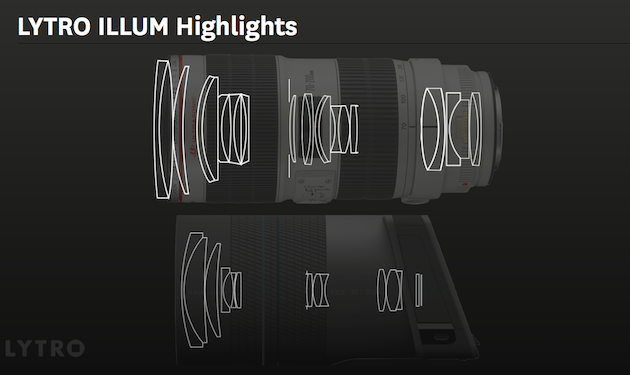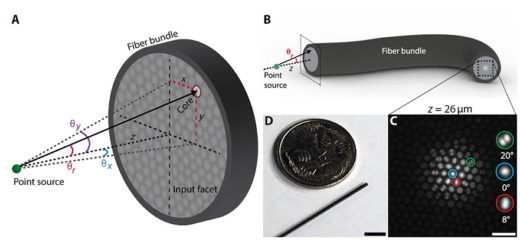6 Things You Didn’t Know About the Lytro Illum
 It was not easy to miss last week’s announcement of Lytro’s second-generation light field camera, especially for technology enthusiasts. Yet, despite all the media coverage, there are some very interesting details to the Lytro Illum that you likely haven’t heard yet.
It was not easy to miss last week’s announcement of Lytro’s second-generation light field camera, especially for technology enthusiasts. Yet, despite all the media coverage, there are some very interesting details to the Lytro Illum that you likely haven’t heard yet.
We’ve collected 6 facts about the Lytro Illum camera that you probably didn’t know:
- Lytro Illum runs on Android
To run the Illum Light Field Camera, Lytro chose a customized (“forked”) version of Google’s Android operating system. Interestingly, the camera also employs a quad-core Snapdragon 800 (or 801, depending on the source) processor, which powers current Android flagship smartphones such as the Samsung Galaxy S5, the HTC One M8 or the LG G2.
There’s a question that naturally arises here: Was the development of a Lytro Mobile for Android delayed because all manpower was concentrated on the Illum’s internal software?
(via, via)
- The camera’s code name is “Blitzen”
The first-generation camera was internally known as “Firefly”. Prior to receiving its official name “Illum” (pronounced like “ill-loom”), it was referred to as “Blitzen”. (via, via, via, via, via, via)
- Light Field Sensor: 1-Inch CMOS Goodness
At the heart of the camera lies a 1-inch CMOS sensor that is coupled with a custom microlens array, providing 40 Megaray resolution, or 4-5 Megapixel effective image resolution. This is a big step up from the first generation camera’s 1/2.3 inch sensor with 11 Megaray resolution. (via, via, via)
- Less Glass, More Software
A conventional 70-200 mm Canon lens has about 22 glass pieces. In contrast, the Lytro Illum has a much wider zoom range of 30-250 mm yet contains only 13 pieces of glass. And it weighs only about one fifth compared to a (theoretical) conventional lens with the same key features (e.g. an f/2.0 aperture).In an Engadget article, Ren Ng explains how this is possible:
According to Ng, that’s because in the Canon lens, “a lot of the glass is used to work correcting aberrations in light. It needs the curvature of the light to make the photons land on the sensor to form the image that you want.” With the Lytro’s unique image sensor, however, it’s able to figure out the direction of the light ray using computation and software instead.
“It’s thinner, lighter and it has a bigger zoom range and a bigger aperture than you could’ve ever gotten conventionally,” said Ng. “We’re doing in software what physical pieces of glass had historically had to do.” Ng added, “To design something like this with a conventional camera would essentially be impossible.”Interestingly, the camera’s outstanding lens characteristics were highlighted in the product presentation, but didn’t make it into many news reports. It’s a shame that most articles still focus on the software refocus feature, while light field technology is really so much more. (via)
- The Illum sports a GPS module
…at least that’s what TIME has heard. (via)
- Why does the Lytro Illum have a focus control ring and autofocus button?
The fact that one of the most prominent features of a light field camera is the ability to focus after you’ve taken the picture, it may be surprising that the Illum has both a traditional focus control ring and autofocus button. Why, you may ask?Engadget writes:
If you’re wondering why there’s a focusing ring on a camera that lets you refocus the image after the fact, well, it’s because depending on the depth of field, there might not be a lot of difference between the foreground and the background. If you turn on the Illum’s depth-assist histogram, however, you’ll be able to see a depth overlay that color codes things that are up close and in the refocusing range in green, and things that are at the far edge of the range in orange. Ideally, what you want is a nice gradient of green to orange for the most amount of depth and to maximize the drama in your shots.








Will we see the Lytro used in professional photo sessions in the future?